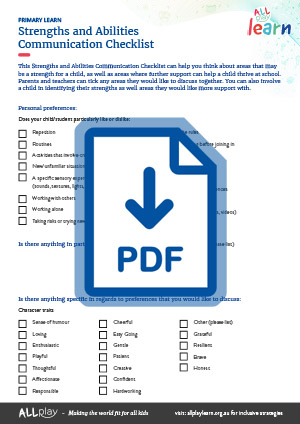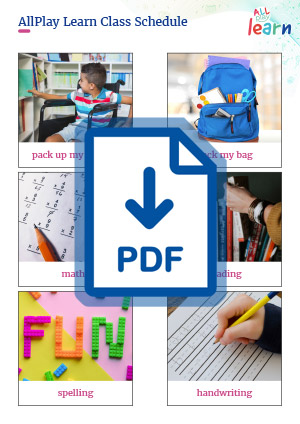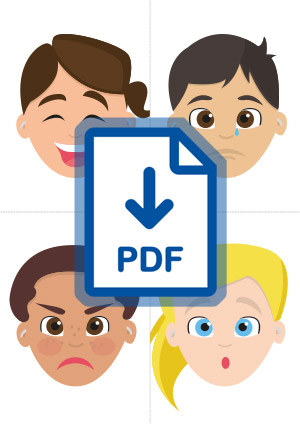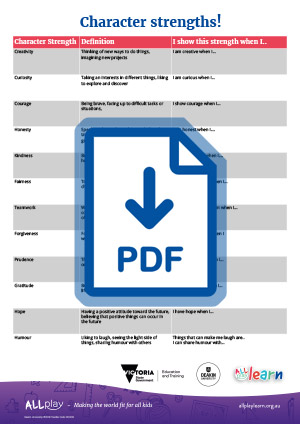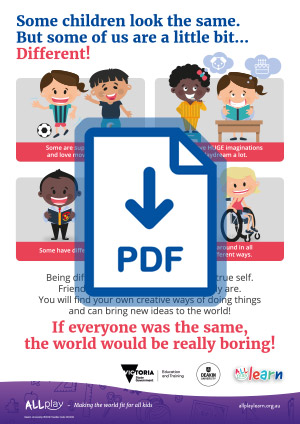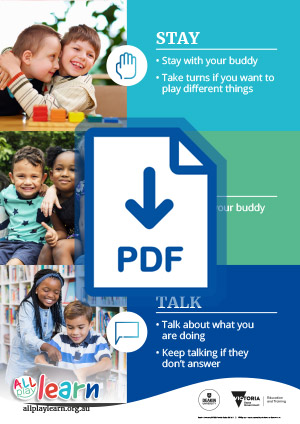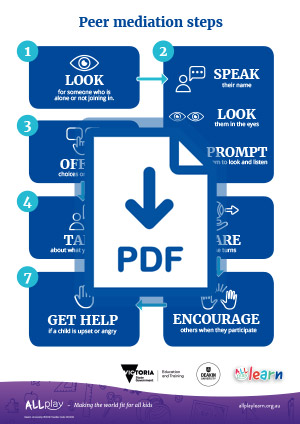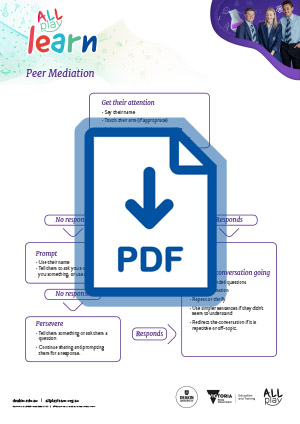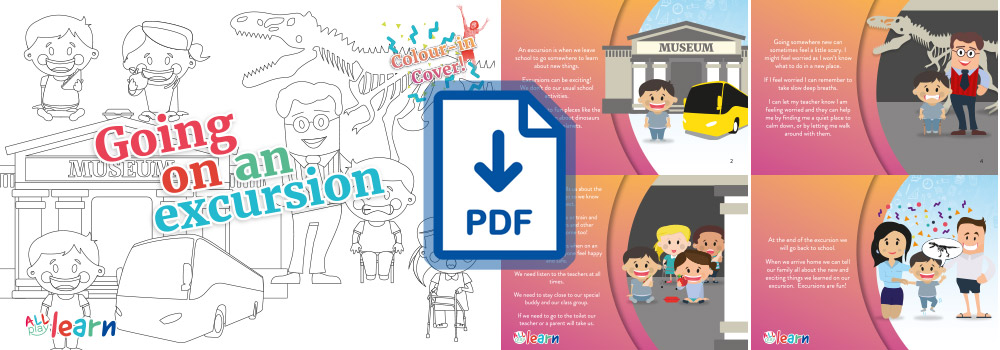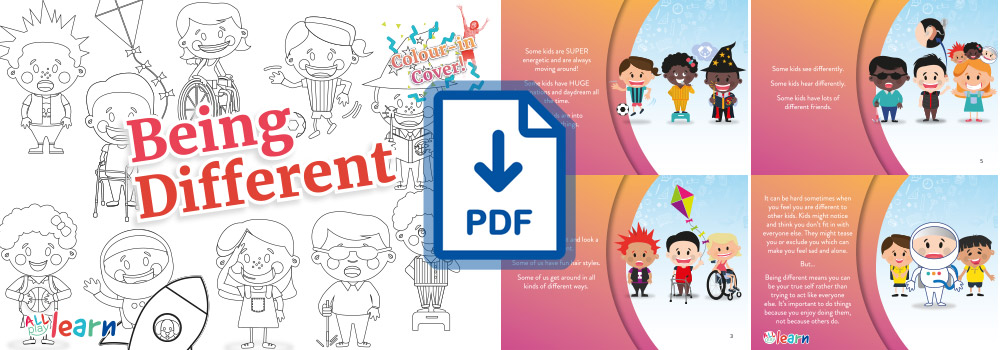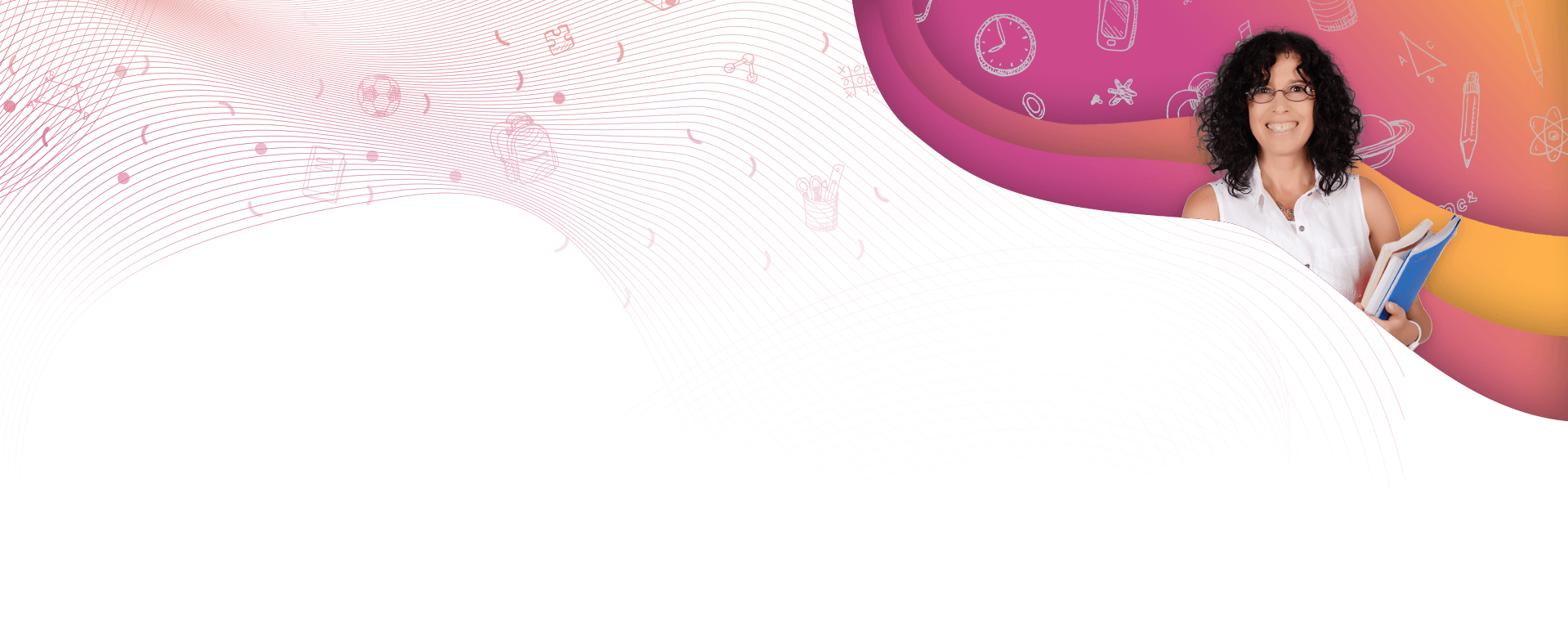
Cerebral Palsy
On this page:

About cerebral palsy
Cerebral palsy describes a disorder that affects the way a person moves. Cerebral palsy occurs when there is damage to the brain when it is developing, and it affects a child’s ability to control their muscles. It is the most common form of physical disability in childhood.
A child with cerebral palsy may face challenges with muscle weakness and stiffness. Some children might have trouble with slowness or shakiness, and they may not be able to control their movement. Balance, coordination and walking can be also be difficult. Cerebral palsy can affect different parts of the body. Some children may have trouble with motor control on one side of their body, some may have challenges with both sides, and some may have challenges that affect only the lower part of their body.
About one third of children with cerebral palsy also have epilepsy, which means that they have recurring seizures. There are different types of epilepsy, and they affect children in different ways. Some children may stare blankly or look as if they are daydreaming during a seizure. For some children, a seizure may involve stiffness or jerking movements. Some children will benefit from medication, which means that seizures may be rare. If a child in your group has epilepsy, ask the child's parents and support team about how you can recognise a seizure and what to do.

Strengths
What might be some strengths?
- Students with cerebral palsy have different strengths depending on how they might be affected by the condition.
- Some students with cerebral palsy will have typical language and thinking skills and can learn like any other child (with adjustments to assist with motor challenges).
- Some children with cerebral palsy may be good at managing challenges in their environment so that they can successfully participate.
- Some students with cerebral palsy are able to understand what is expected of them at school, and can then manage their own behaviour.
- When given time and opportunities to practice, students with cerebral palsy can develop strong friendships and social skills.
Where might you provide support?
- Students with cerebral palsy will differ in how much their movement is impacted. Some students will walk independently, while others will use mobility aids (e.g. a walking frame or a wheelchair). Some students may also have trouble controlling their muscle movements, which can impact their coordination and motor tasks such as writing.
- If muscles in the face, mouth, and throat are impacted by cerebral palsy, students can experience challenges with talking, eating and drinking. They may find speech challenging, which means they might have different ways of communicating (e.g. using computer technology, pictures or gestures with their hands or head), or they might need more time to communicate.
- Students with cerebral palsy may experience chronic or recurring pain. This may affect their behaviour. They may become less motivated to join in or interact with others.
- Students with cerebral palsy may also have difficulties with social interaction and peer relationships.

Evidence-based strategies
Work collaboratively
Consider adjustments to teaching style
Adjust activities and equipment
Provide feedback
Create an inclusive school environment
- Work with parents. Talk with the student and their family about the child’s unique strengths, preferences, and abilities. This includes areas they need extra help in and the best methods of communication.
- Build a relationship with the support team. There may be various health professionals involved in supporting the student. Working together can lead to a shared understanding of the student, their goals, and strengths-based strategies that are consistent across other environments like home and the community.
- Set learning goals. Work with the student’s parents as well as the professionals supporting the student to set some specific and measurable goals. Aim to set outcomes that focus on the child’s strengths and are challenging enough to support learning and social development.
- Focus on what students can do. Identify their strengths and positive efforts and provide encouragement. Your attitude matters and can make a difference in a student’s participation and learning.
- Use multiple modes of communication. In addition to verbal direction, it may help to use visual instructions and hands on demonstrations. For example, demonstrate a task, ask a student to demonstrate, or use visual schedules or posters to outline or model a task. Materials such as captioned videos may also be helpful.
- Allow more time to learn skills and understand concepts. Some students may need more time to process and learn new skills in the classroom. It may be helpful to break down key learning concepts and activities into smaller but challenging sequences.
- Allow the student to use technology or assistive devices. Some students might have assistive devices that they use to help them communicate or participate. For example, some students with cerebral palsy might need to use adapted keyboards to help with writing. Encourage students to use technology that best supports the goals of learning and their needs.
- Change the activity. If a student is struggling with an activity tailor your approach. For example, if a writing task is difficult for a student to complete, encourage them to use words or gestures.
- Provide plenty of opportunities for students to work collaboratively with their classmates. This can be done through small group work and activities such as role playing.
- Provide students with regular opportunities to make their own decisions. For example, when teaching a new learning concept, provide students with choices on activities to practise with.
- Consider seating position and duration. Some students might need extra help to support their posture. This may help with pain management, as well as with classroom tasks such as handwriting. Bean bags or pillows may be needed. Consider talking to the student, and other professionals that support the student, to find out the best seating position.
- Create plenty of space for movement. Consider whether the physical space can be rearranged and check that pathways are free. This may mean checking if pathways are wide enough for a child to easily navigate and that there are no loose objects on the floor.
- Provide plenty of encouragement. Provide positive feedback and correct immediately when students are learning a task or behaviour. Reduce this gradually as they become more capable.
- Create a school culture around acceptance, inclusion and belonging. Social supports and positive attitudes can promote participation. Model positive attitudes and beliefs toward students with disability to your classroom. Consider peer mediation and group work where appropriate. Visit AllPlay Learn's Inclusive Communities for Schools page to access a suite of resources to support you in building an inclusive school culture.
- Use educational videos to promote inclusive attitudes. Short, targeted educational videos about CP can promote inclusive attitudes among students. Teachers can integrate these into the curriculum during discussions on diversity, health, or inclusion.

Best practice tips
Adjust the rules
Make eye contact at the student’s level
Create plenty of space for movement
Promote self-determination
Consider providing different ways to get information and show learning. For example, students who have trouble with writing can be assessed using computers or tablets. Other options include providing tests with large print texts, allowing the student to use finger pointing, or encouraging the student to say the answers.
Think about how to have good eye contact for students who may sit at a lower height (e.g. in a wheelchair). This may involve kneeling down or sitting on a chair when you communicate.
Consider whether the physical space can be rearranged and check that pathways are free. This may mean checking if pathways are wide enough for a child to easily navigate and that there are no loose objects on the floor.
- Promote self-determination. Empower and teach children to make simple choices, set goals, be independent, and develop problem-solving abilities. Use technology as needed. For example, technology can be used by students who communicate non-verbally to indicate preference.

Curriculum considerations
- Some students with cerebral palsy may be very motivated by, and interested in, the arts. Promoting creativity and self-expression may encourage positive behaviour, friendships and self-esteem.
- Adapted materials may be needed to support the full participation of the student. For example, thicker pencils and paintbrushes may be better for grip, and including dance movements that are seated or possible using a walking frame would make these activities more accessible to students with cerebral palsy. Other tips can be found at AllPlay Dance.
- Review and assess the environment to allow safe participation of students with cerebral palsy. For example, check that materials and equipment are at an appropriate height for the student to reach.
- Some children with cerebral palsy may need support with reading and writing activities.
- It can be helpful to use various modes of communication when teaching literacy skills. For example, consider using pictures to tell a verbal story to students or demonstrating the story through acting.
- Maximise technology. Use assistive technology to enable children to access instruction and demonstrate their understanding.
- Consider literacy instructions to assist with reading and writing skills. This may include instruction designed to teach phonics, reading fluency, written expression or spelling skills.
- Identify what the student needs help with. For more specific strategies for literacy, refer to tips for teaching students with a specific learning disability.
- Students with cerebral palsy who have challenges with movement, coordination, and balance and may need support with motivation during physical activities.
- Consider planning activities ahead of time, including checking that adapted equipment is ready and available. Keep in mind that sports activities may need to be adapted for students that use a walking frame or wheelchair. AllPlay Footy offers further resources and tips to help all children, including those with cerebral palsy, engage in sports such as footy.
- Consider working collaboratively to plan activities according to the strengths of the student.
- To provide a sense of belonging and acceptance encourage team work and give a student with cerebral palsy an active role in sporting activities.
- Consider the environment. Check that the surface of the sporting area is not too slippery or sticky for the child to move around.
- Some students may need to take frequent breaks.
- Consider pairing the student with other students who can support them during activities.
- Some students with cerebral palsy may need support with speech and this might result in feelings of frustration as well as disruptive behaviours.
- Assess whether learning a language will be of advantage to them on a case-by-case basis.
- If they are learning a language, focus on areas of strength and build from there.
- See working collaboratively. For example, open communication with the child’s speech therapist may help identify effective strategies for learning a new language.
- Students might need support with tasks that require the use of fine motor skills (e.g. writing or finger counting).
- If a student uses adaptive technology to assist with everyday tasks, use these in the maths classroom. For example, if a student uses a laptop with an adapted keyboard, consider making the maths exercises available in an online format.
- Students may need more time to learn new mathematical skills. Check that students understand basic mathematical concepts before moving on to more complex ones. It can help to repeat instructions or key concepts multiple times.
- Some students with cerebral palsy may be unsteady in their movements and may have problems with balance and coordination. Consider how the classroom can remain safe in order to prevent injury and discomfort for the student. For example, check that pathways are wide enough for the student to move within and pay attention to the placement of breakable objects.
- Check that students have a workstation that is at an accessible height, has plenty of leg room, and is free from any physical or visual barriers.
- Consider providing the student with a partner or small group that can assist with measuring, handling delicate equipment, or other manual tasks that the student may find challenging.
- Some students with cerebral palsy might benefit from computer software or modified keyboards to help them participate. They may have strengths in technologies if they already use these on a day-to-day basis to support their needs.

Other considerations
First aid
Safety
Behaviour
Excursions
Homework
Social interactions
Self-management
Transitions
Other co-occurring conditions
- Some students with cerebral palsy may have trouble communicating when they are tired, in pain, or unwell. In addition to crying or vocalizations, look for non-verbal signs of pain such as changes to facial expressions, changes in movement, changes in behaviour, and changes in interactions with others. Encourage the use of gestures or other methods of communication to work out what may be happening.
- Talk to the student’s caregivers to identify the best ways to manage injury, illness, pain and fatigue early.
- Frequently check-in with the student.
- Building a relationship with other professionals that support the student (e.g. occupational therapist). They can inform you on signs to look for, adjustments that can be made to relieve discomfort, and the best ways to manage injury, illness, pain and fatigue.
- Some children with cerebral palsy may not know how to tell an adult if there is an emergency, or what to do in an emergency or emergency drill. Consider spending time demonstrating and practising this with students.
- Consider whether evacuation points and procedures are suitable for the students' needs and mobility.
- Some students might also show challenging behaviours. It’s important to remember children are most likely trying to communicate a need or want that is not being met.
- Refer to the ABC approach for more information on how to reduce challenging behaviour by supporting the child and promoting more helpful behaviour, and our emotions page for more information about supporting a child with managing their emotions.
- Excursions might be challenging for some students with cerebral palsy. Planning in advance can be helpful.
- Consider how to accommodate the transportation needs of the student. For example, if using a bus, check that it has ramps and is wide enough to accommodate a wheelchair or other mobility aids the student might need. Organise extra help if needed.
- Consider the destination and whether it is accessible and safe for the student.
- Planning for frequent breaks during the excursion may be helpful.
- Some children with cerebral palsy may find completing homework tasks without support challenging.
- Consider the students’ use of technology or assistive devices. For example, some students might need support with writing. They may benefit from homework provided in an online format which they can complete using their assistive computers/keyboards.
- It may be helpful to work with the students’ parents to develop an effective and consistent homework routine at home. Consider discussing or demonstrating teaching strategies and reward systems used in the classroom.
- Encourage adults and support staff to give children space to explore and participate independently. This will help a child feel a sense of belonging and allow them to make friends with other children.
- Some students with cerebral palsy may have trouble communicating toileting needs and completing other hygiene practices. They might need extra help with movement and balance.
- Work collaboratively. Consider discussing any additional strategies or equipment (e.g. adapted toilet seat, step ladder, railings) that can be used at the primary school to support the student. For example, physical therapists and speech therapists can help you understand and correctly use effective materials and communication methods.
- Encourage the student to use their preferred method of communication. Consider teaching gestures that they can use to alert others of their needs.
- Consider using pictures to show a hygiene sequence (e.g. washing hands). These may need to be combined with verbal and physical prompts. These prompts can be reduced gradually as the student becomes more capable.
- A child with cerebral palsy may benefit from supports when moving across education settings.
- It may be helpful to teach and practice organisation and homework skills, and time- and self- management skills.
- For more information about supporting students with disabilities when transitioning to a primary or secondary school setting access AllPlay Learn's transition page.
- For children transitioning to primary school access AllPlay Learn's Story A school day, and for children transitioning to secondary school access Access AllPlay Learn’s story How to be organised
- Some children with cerebral palsy may also experience hearing problems, intellectual disability, specific learning disability, or blind or low vision. Some children may have challenges with attention or communication.
- Refer to information about these areas to help support the student.

Relevant resources
Visit our resources page for a range of resources that can help to create inclusive education environments for children with disabilities and developmental challenges. Some particularly relevant resources for children with cerebral palsy include:

